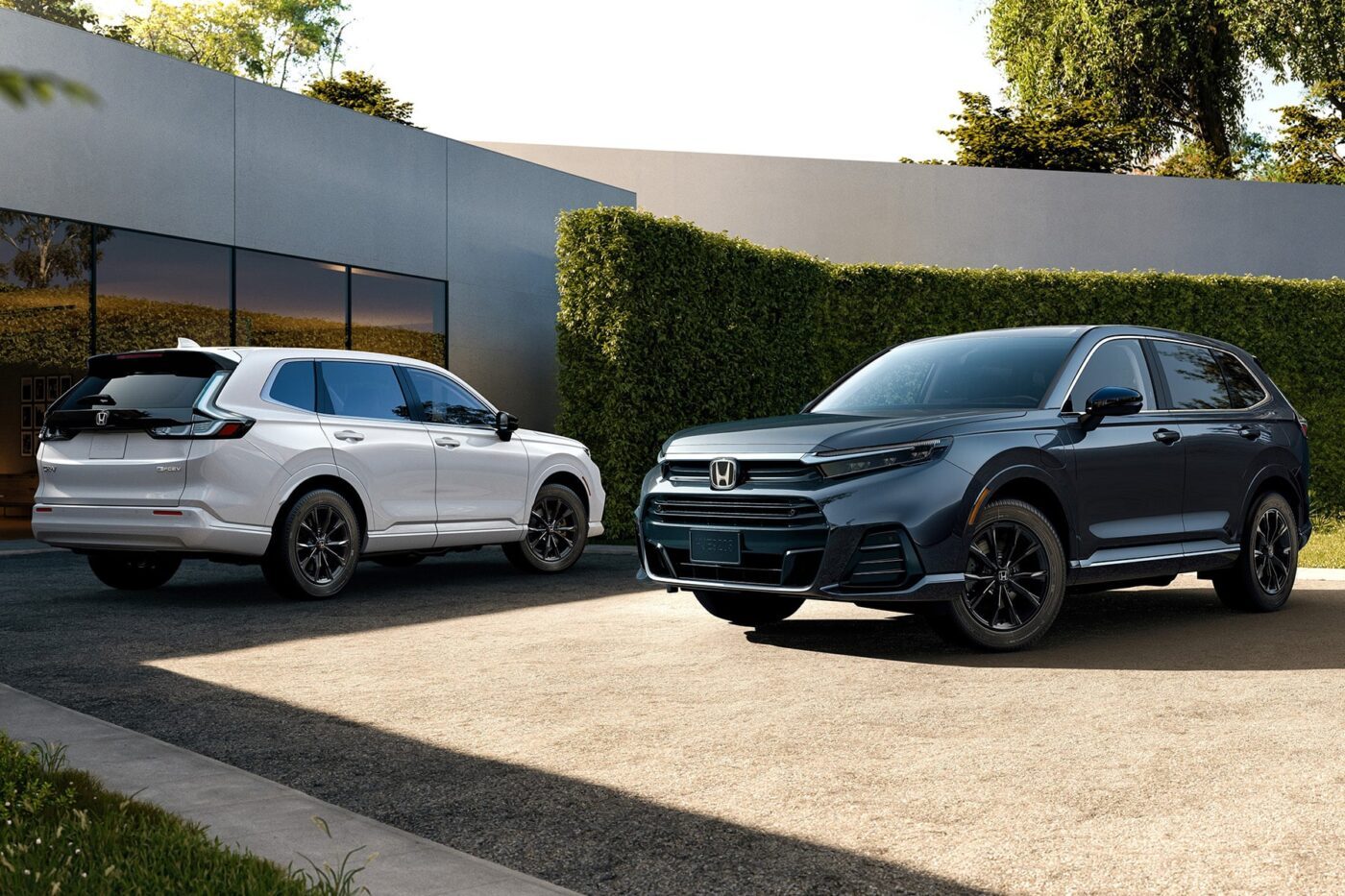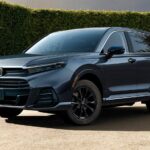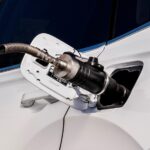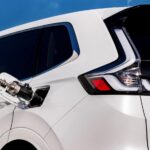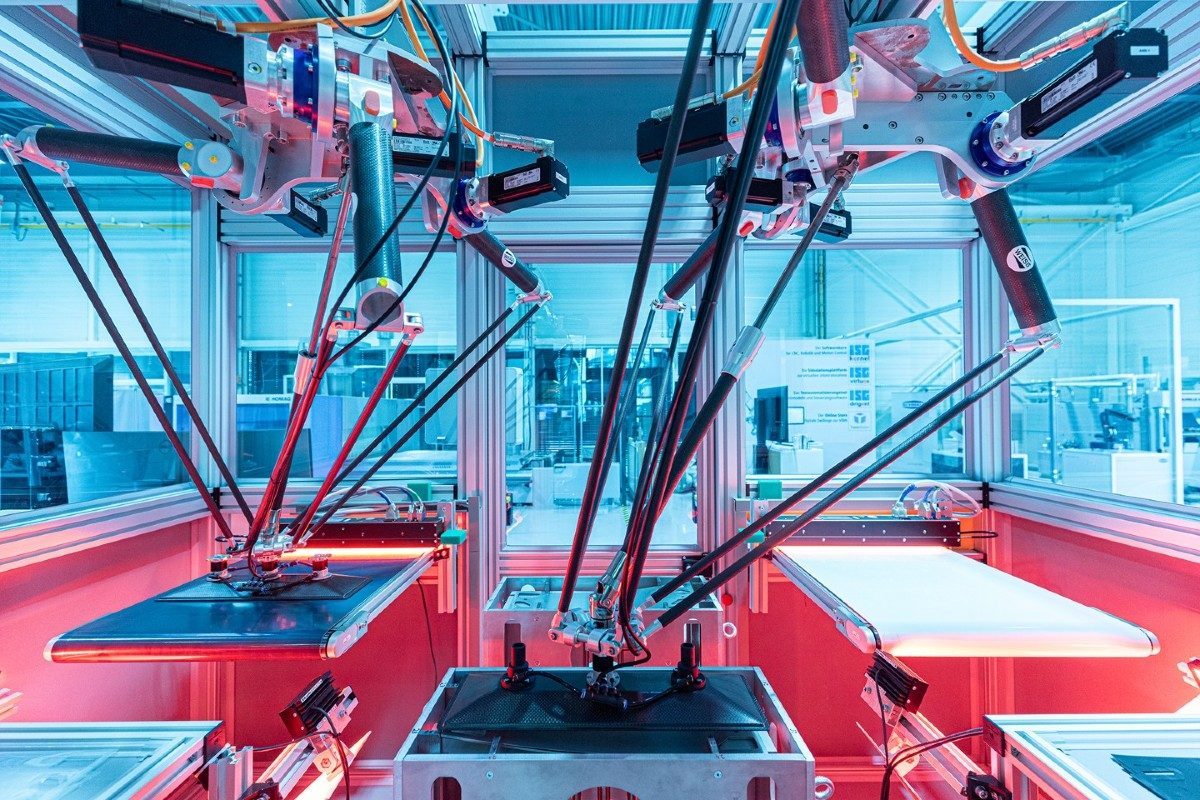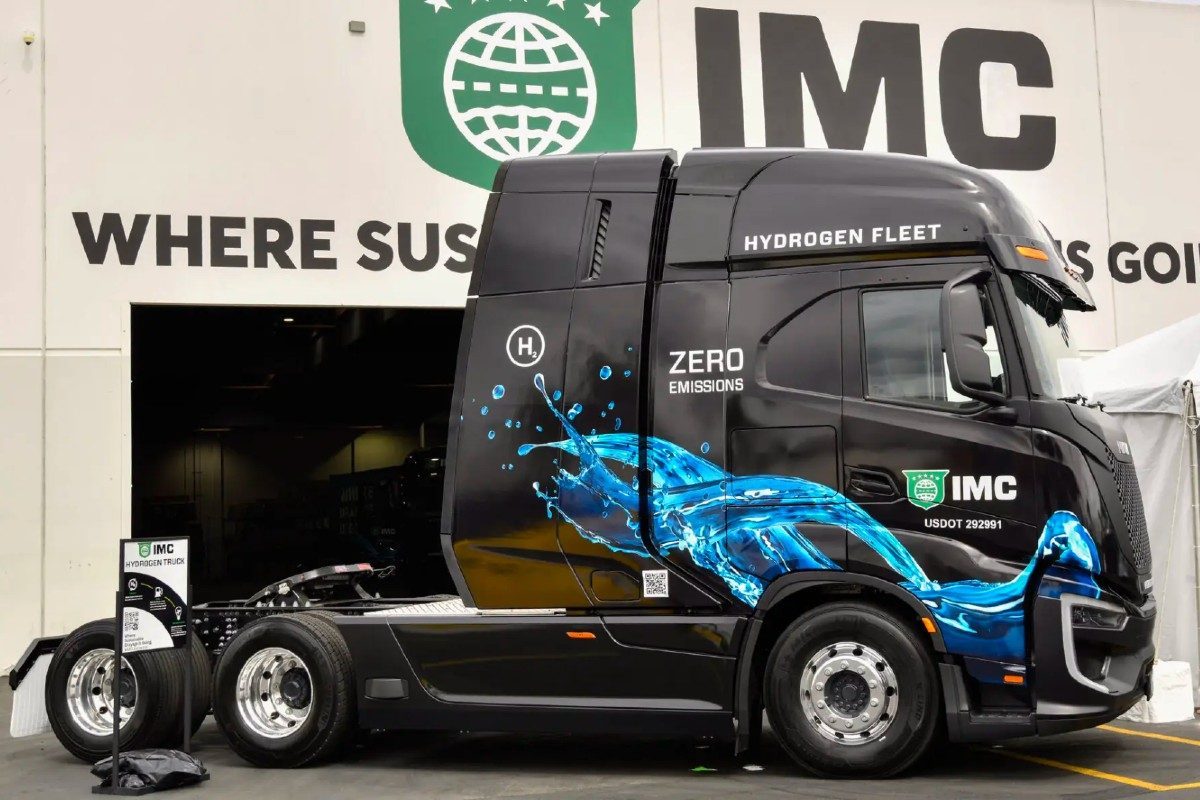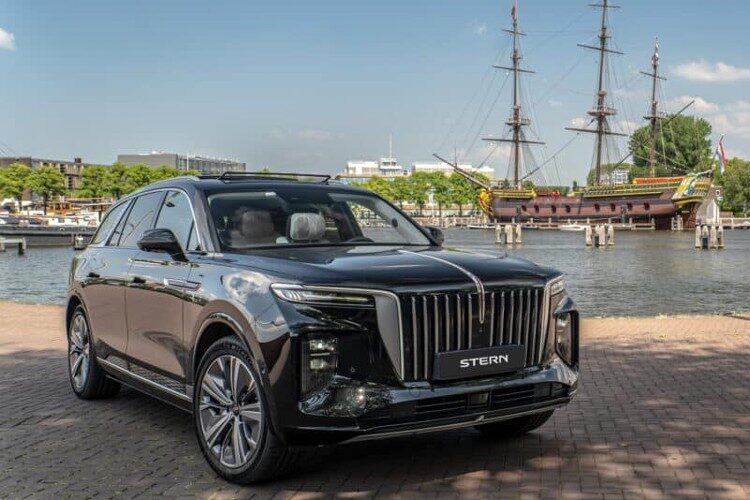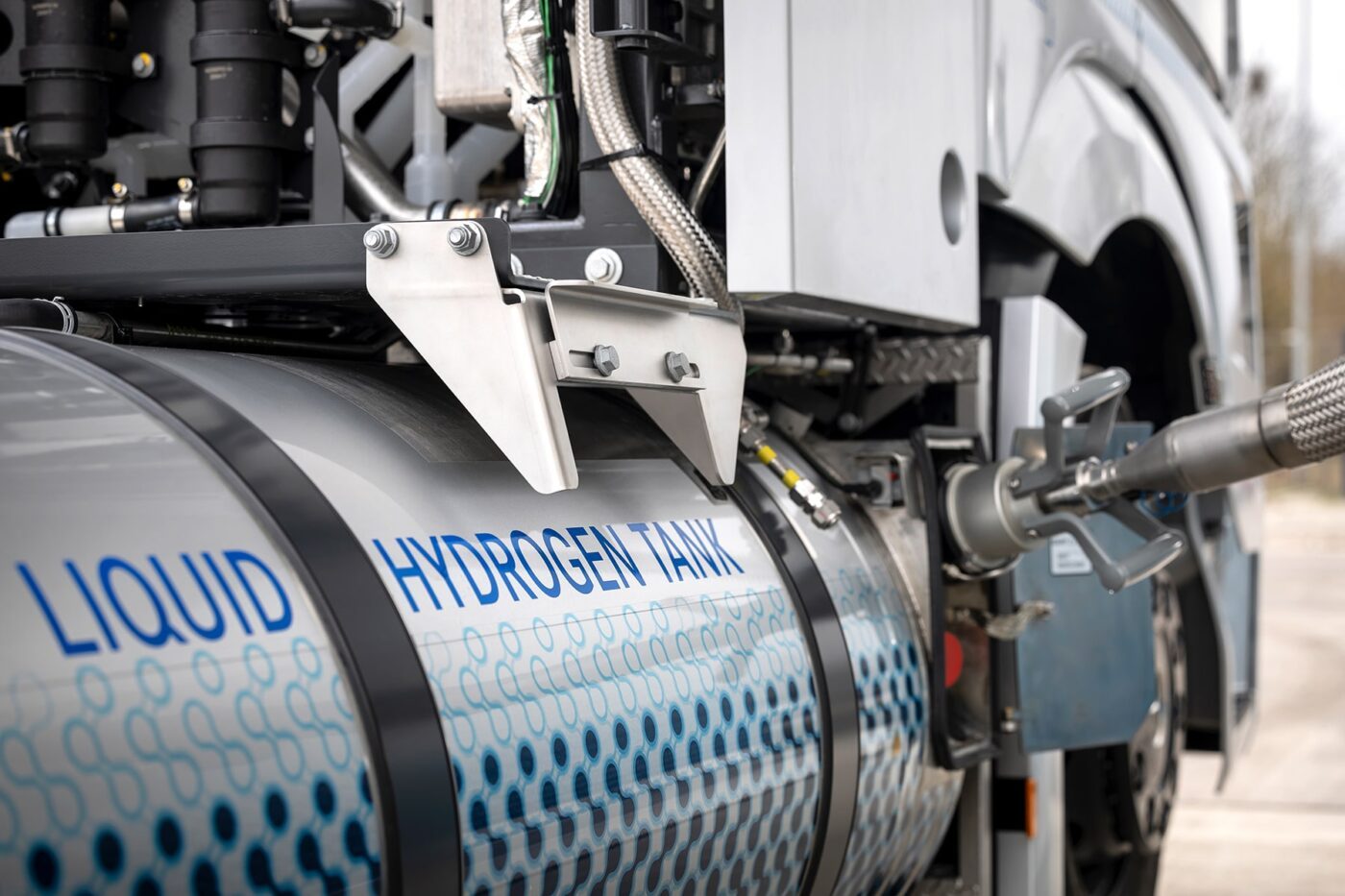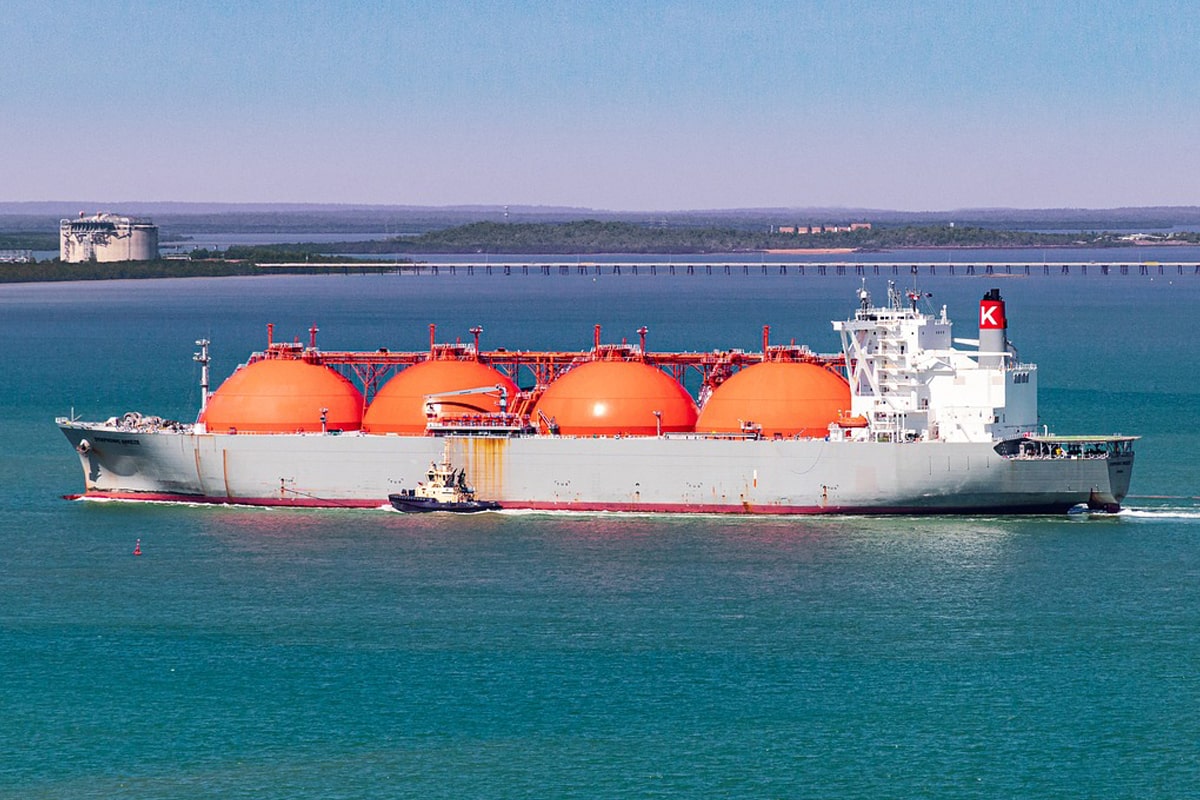Honda has announced the launch of the CR-V e:FCEV, marking its debut as the first Japanese automaker to introduce a fuel cell electric vehicle (FCEV) featuring a plug-in charging function. The CR-V e:FCEV boasts a range of 434 kilometers (according to EPA) and an additional 46 kilometers (according to EPA) thanks to its 17.7 kWh battery, which can be externally charged.
Unlike typical fuel cell systems, the battery in the CR-V e:FCEV does not serve as a buffer for braking energy but supports the system when needed most. Moreover, the vehicle’s charging port can be used bi-directionally for charging external devices (V2L) with an adapter.
See also: Honda will start US production of hydrogen-powered CR-V in 2024
Developed in collaboration with GM, the CR-V e:FCEV’s fuel cell system features a 92.2 kW fuel cell and a 130 kW electric motor. It is equipped with two hydrogen tanks holding 4.3 kilograms of hydrogen, with a refueling time estimated at around three minutes.
See also: New Honda CR-V FCEV Set to Launch in 2024 in the US and Japan
Production of the fuel cell system is handled by the GM-Honda joint venture Fuel Cell System Manufacturing in Michigan. The CR-V e:FCEV will be manufactured at the Honda Performance Manufacturing Centre in Ohio, with distribution planned for California and Japan. The vehicle is set to launch in Japan before its market debut in California, both expected to occur in 2024.
Honda has highlighted that the new fuel cell system’s total cost has been reduced by two-thirds compared to the 2019 Honda Clarity Fuel Cell system, while doubling the system’s durability and significantly improving its low-temperature resistance.

